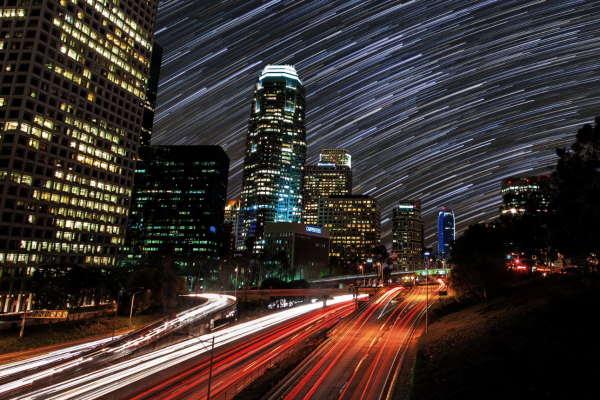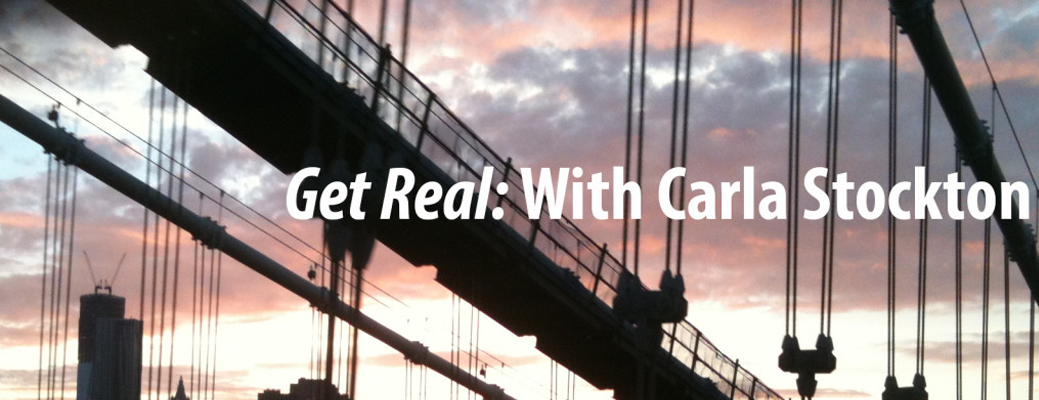The Skyglow Astrophotography Project by Gavin Heffernan and Harun Mehmedinovic
By Michael Juliani
—
The Nobel Prize-winning poet Joseph Brodsky wrote: The more invisible something is / The more certain it has been around / And the more obviously it is everywhere. He was talking about the dead, how their absence provides us a starting point to fill their memory with our imaginations.
I have spent weeks staring at timelapse images of the night sky taken by Gavin Heffernan and Harun Mehmedinovic. These two photographers/film directors, in uncovering the true poverty of our modern relationship with the Milky Way, have developed a project that uses this emptiness as the stimulant for finding astonishing beauty.
It started with an invitation from Mehmedinovic to Heffernan to teach a three-day seminar on astrophotography at Mehmedinovic’s workplace, Northern Arizona University. In the years after they both graduated from the MFA directing program at the American Film Institute, the filmmakers found themselves on a parallel course, both becoming immersed in photography projects that began as experiments to the side of their film careers. During Heffernan’s three-day visit, he and Mehmedinovic spent a night in the desert, timelapsing the night sky.
With three hours of camera exposure time to kill, the two artists discussed future plans to link their projects. Under the phantasmagoria of the desert’s truly dark sky, Mehmedinovic was reminded of stargazing experiences he had during childhood in rural areas of the former Yugoslavia. Always a trigger for his work, this tugging at remnants of youth deepened his conversation with Heffernan, whose previous astrophotography shoots had yielded stunning results.
In the year or so since then, after receiving voluminous media attention for their images and video, Heffernan and Mehmedinovic have started a Kickstarter campaign to complete a book and Blu-ray set of astrophotography timelapses called SKYGLOW. Currently, their push to fund the project is nearing its conclusion, with thousands of dollars still needed to support their efforts.
I am part of Harun Mehmedinovic’s photography project Bloodhoney*. As editor of his two previous books, I have immersed myself in Harun’s process and come to recognize some of the catalysts for his work. As a survivor of the Siege of Sarajevo during the Bosnian War, which he experienced from ages nine to thirteen, Harun’s artistic endeavors usually germinate within pockets of spiritual distress.
During the war, Harun forged a practice of comic book drawing in order to sublimate his horrifying surroundings. Meanwhile he also taunted the risks of the wartime city by baiting snipers with his friends. This confluence of risk and sublimation remains true to his current artistic vision and lifestyle, as his project attests.
Harun’s photography project began as a series of road trip landscapes. It progressed to include collaborators in a process of seeking the non-materialistic sublime. The shoots often took place in nature, beyond the aridity of the workplace.
Despite Harun’s dogged efforts to live as much as possible outside the cloistered anxieties of American life—a flatness that often triggers his sense of being trapped—he always returns to this society, to an apartment, an academic job and a debilitating stability.
No matter the temporal and physical distance from the interminable war of his childhood, a sense of spiritual poverty still reaches Harun when he’s fixed in one place too long, both in his art and his life. Having always found relief in nature, his obsession with the outdoors harkens back to days he spent in rural Yugoslavia before the war began.
So, perhaps it is natural that he would eventually look up at the stars. Small wonder that the sky, with the marvels of its darkness revealed, captures Harun’s forceful inspiration and vigilance. Luckily, he has found a base in Flagstaff, near the Grand Canyon, one of America’s most beautiful landscapes and one of the last places in the country to truly view the night sky. “And with a camera you can see ten times more than you can with a naked eye,” he said.
While on SKYGLOW shoots, Heffernan also experienced a powerful connection to memories of his youth. Raised in Canada, he often spent time in the countryside, fishing with his father. “I experienced a sense of wonder with the stars as a kid, and I sort of took it for granted later on,” he said over the phone from Los Angeles, where he’s currently doing screenwriting for the next installment of the Hollywood horror franchise “Paranormal Activity.” His timelapse experiments—originally impulsive weekend escapes from the Hollywood film environment—drilled into his deep-seeded passion for nature.
The fundamental question at the heart of the SKYGLOW book project, according to Heffernan and Mehmedinovic, asks, What are the psychological impacts of a sky without stars?
In their stunning images, Heffernan and Mehmedinovic deliver snapshots of the world’s rapturous commonplaces: as their cameras focus on a patch of sky, the world turns and pinwheels the stars.
Art can be described as an attempt to insinuate the ecstasy that is always beyond us. The SKYGLOW project’s imagery attempts to grasp the transcendence that is always just beyond our sight.
In their sensitivity to messages that their timelapse work was showing them, Heffernan and Mehmedinovic recognized signs of a glaring societal and environmental issue: our night skies have been inundated with light pollution.
Tonight, as hundreds of people stare from the windows of descending airplanes at the miniaturized fantasy of Times Square below, millions more on the ground are left with no desire to stare upwards at the curtain of haze shrouding the iridescence and breadth of our galaxy.
“Even while shooting in Joshua Tree, this very remote region of the California desert, I could see pockets of skyglow from distant cities,” Heffernan said.
Heffernan and Mehmedinovic teamed up with the International Dark-Sky Association (IDA), one of the leading crusaders against dark sky extinction, to promote their project. While the duo’s base in the Southwest affords them reach to some of the country’s last dark sky areas, research shows that most of the United States—especially the east coast—has obliterated any chance for human eyes to see the true vision of the Milky Way. The SKYGLOW book and Blu-ray set will layer its presentation of timelapse beauty with educational and activist material to contextualize the project’s aims.
The fate of SKYGLOW’s Kickstarter campaign will rely not so much on its activist currency as on the passion of strangers who encounter the project. Creators of crowd-funded projects tend to live in the shade of their own passion as they try to gain a supportive following.
“No matter how much media attention we get, it really comes down to how passionate people are for the spiritual and psychological elements of this project,” Mehmedinovic said. “Otherwise it just won’t work.”
Because we all have the sky in common, and because most of us have never seen a glimmer of the real darkness above, Gavin Heffernan and Harun Mehmedinovic’s project offers us an experience that we yearn for without knowing it. More than an elegy for the night sky, SKYGLOW’s images speak to the dearth of our relationship to nature while providing an altogether bittersweet taste of its truth.
And instead of dwelling in conservationist politics, this project shows that when we put ourselves in touch with the world’s poetry, we remember all that remains beyond us.
Like Joseph Brodsky suggests in his three lines, it’s the invisible that fills us with light.
—
Michael Juliani is a poet, editor, and journalist from Pasadena, California.






